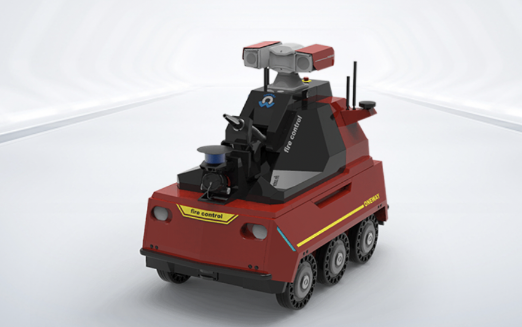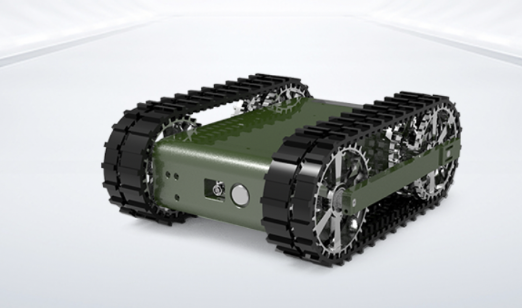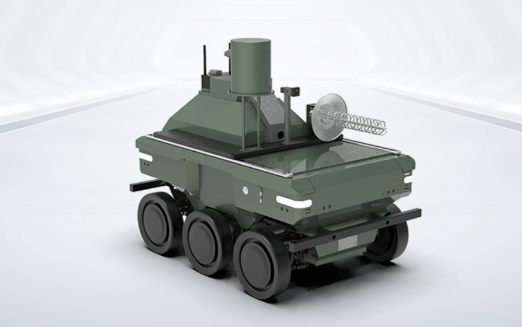
As a researcher in the field of robotics, I have always been fascinated by the advancements made in robotic mobility. One particular innovation that has caught my attention is the tracked robot chassis. This article aims to explore the purpose and potential applications of this unique design.
The Advantages of Tracked Robot Chassis
The tracked robot chassis offers several advantages over traditional wheeled designs. Firstly, it provides enhanced traction on various terrains, including rough or uneven surfaces. The tracks distribute weight evenly, allowing for improved stability and maneuverability even in challenging environments.
Additionally, tracked robot chassis can navigate obstacles more effectively compared to their wheeled counterparts. The continuous track system enables them to climb over objects or traverse through difficult terrain with ease.
Oneway: A Prominent Example

An excellent example showcasing the capabilities of a tracked robot chassis is Oneway – a cutting-edge robotic platform developed for search and rescue operations. Equipped with advanced sensors and cameras, Oneway utilizes its robust track system to access hard-to-reach areas during emergencies.
Oneway’s ability to traverse rubble piles or debris-filled spaces makes it an invaluable asset in disaster-stricken regions where human intervention may be limited due to safety concerns. Its versatility allows it to provide real-time data and assist rescue teams efficiently.
The Role of Robotic Inspection Vehicles
Another significant application area for tracked robot chassis lies within robotic inspection vehicles used across industries such as manufacturing plants or infrastructure maintenance sites. These vehicles are equipped with specialized sensors that enable them to perform inspections autonomously while navigating complex environments using their reliable track systems.
Robotic inspection vehicles contribute towards improving efficiency by reducing manual labor and minimizing the risk of human error. They can access confined spaces, carry out inspections with precision, and collect valuable data for analysis.
Conclusion
The tracked robot chassis has revolutionized the field of robotics by enhancing mobility and versatility in various applications. Its advantages over wheeled designs, such as improved traction and obstacle navigation capabilities, make it an ideal choice for tasks that require maneuverability in challenging environments.
Whether it is aiding search and rescue operations like Oneway or facilitating efficient inspections through robotic inspection vehicles, the tracked robot chassis continues to push boundaries in robotics technology. As researchers continue to explore its potential further, we can expect even more innovative applications in the future.



